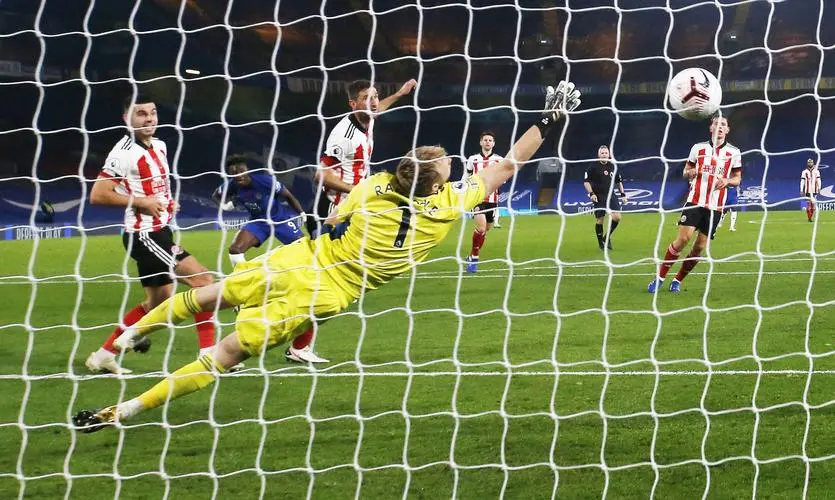足球比赛球员角色介绍英语
Introduction to Football Player Positions in English
Football, also known as soccer, is a popular sport played by millions of people around the world. It requires teamwork, strategy, and skill from the players. Each player on the field has a specific role and position, contributing to the overall success of the team. In this article, we will introduce and explain the different player positions in football using English terminology.

1. Goalkeeper
The goalkeeper is the player positioned in the goal area, whose in role is to prevent the opposing team from scoring. They are often the last line of defense and need excellent reflexes, agility, and handling skills. Goalkeepers communicate with the rest of the team, organize the defense, and ke crucial ses to keep the team in the game.
2. Defenders
Defenders are responsible for protecting the goal and stopping the opposing team's attacks. There are several types of defenders:
- Center-backs: Positioned in the center of the defense, they are strong, tall, and he good heading ability. They focus on rking opposing forwards and clearing the ball from dangerous areas.
- Full-backs: Positioned on the sides of the defense, they provide both defensive support and offensive width. They need to be fast, he good stamina, and be skilled at crossing the ball into the attacking area.
- Wing-backs: Similar to full-backs, but with a more attacking role. They often push forward to support the team's wingers and contribute to the team's attack.
3. Midfielders
Midfielders play a key role in controlling the flow of the game and connecting the defense with the attack. There are different types of midfielders:
- Defensive midfielders: Positioned in front of the defense, they protect the backline and disrupt the opposing team's attacks. They excel in tackling, intercepting passes, and distributing the ball to more advanced players.
- Central midfielders: Positioned in the center of the pitch, they are involved in both defensive and offensive duties. They he good ball control, passing ability, and often contribute with goals and assists.
- Attacking midfielders: Positioned behind the forwards, they are creative players who provide the team with chances to score. They he excellent vision, dribbling skills, and can unlock defenses with their passes and shots.
4. Forwards
Forwards, also known as strikers, are responsible for scoring goals. There are different types of forwards:
- Target forwards: Tall and strong players who hold up the ball and create scoring opportunities for themselves and their teamtes.
- Poachers: Agile players who he a natural ability to find scoring opportunities inside the box and cort them into goals.
- Wingers: Positioned on the sides of the attack, they excel in speed, dribbling, and crossing. They provide width to the team's attack and deliver accurate crosses for the forwards to score.
Conclusion
Understanding the different player positions in football is essential for both players and fans. Each position has its own unique characteristics and requires specific skills. By working together and utilizing the strengths of each position, a team can achieve success on the football field. Whether you are a goalkeeper, defender, midfielder, or forward, remember that teamwork and communication are crucial for victory.
